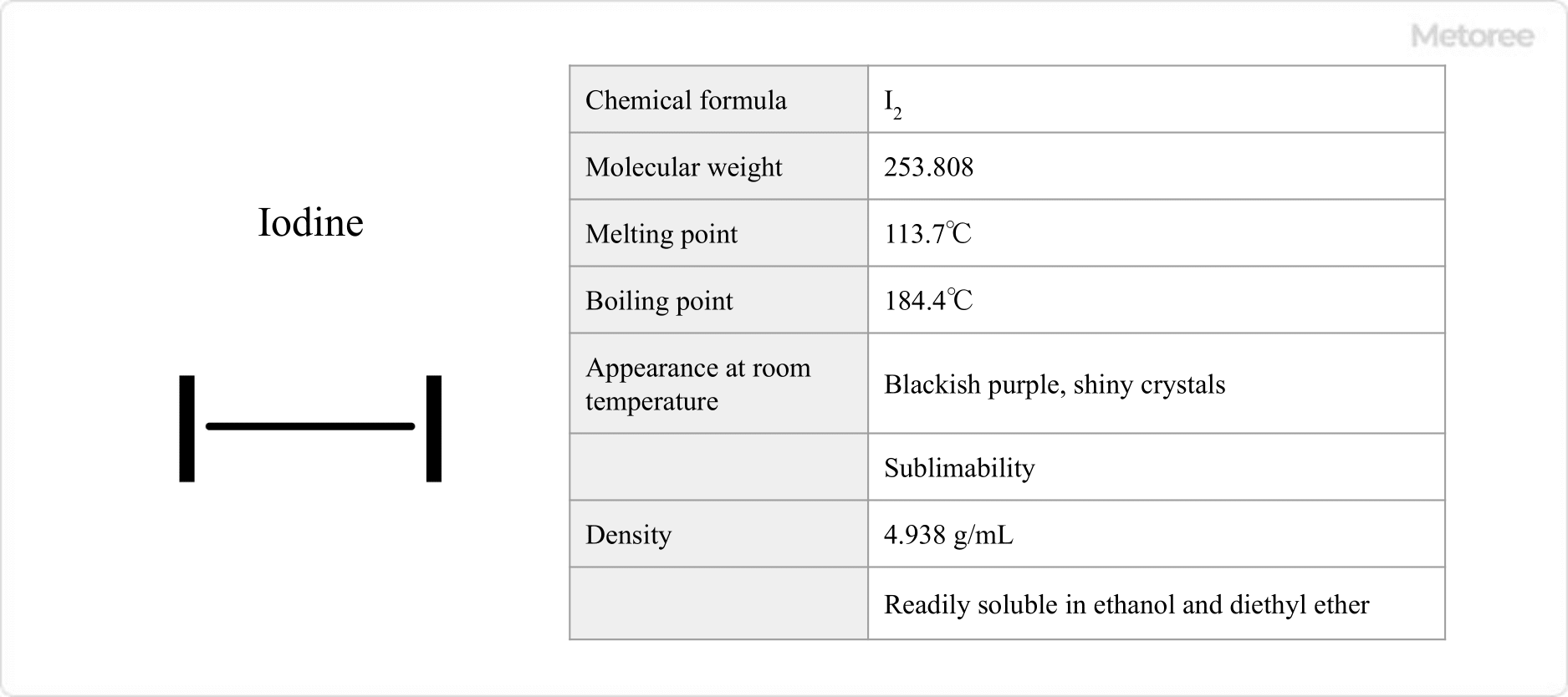What Is Rhodium?
Rhodium, with atomic number 45 and symbol Rh, is derived from the Greek “rhodeos,” meaning rose-colored, due to the rose hue of its salts. Classified as a “minor metal,” it is extremely rare in nature, ranking as the third-rarest stable isotope element with an abundance of 200 ppt in the Earth’s crust. It is valued in decorative, chemical catalytic, and industrial components for its hardness, electrical resistance, and corrosion resistance.
Uses for Rhodium
Used for plating decorative items, rhodium enhances color and strength. Its properties are also beneficial in computer reed switches, reflective mirrors, thermocouples, interference filters, and glass fiber production nozzles. Notably, rhodium serves as a critical three-way catalyst in automobiles, converting toxic nitrogen oxides into nitrogen, and catalyzing the production of oxo alcohols and acetic acid.
Properties of Rhodium
This silvery-white transition metal has a specific gravity of 12.5, a melting point of 1,966°C, and a boiling point of 3,960°C. Soft and ductile, it resists oxidation at room temperature but forms rhodium(III) oxide under intense heat. Rhodium withstands strong acids but is susceptible to oxidation by strong oxidizing agents at high temperatures.
Structure of Rhodium
At room temperature, rhodium exhibits a face-centered cubic structure, transitioning to a simple cubic lattice above 1,000°C. It can take oxidation states from -1 to +6 under high temperatures.
Other Information on Rhodium
1. Production of Rhodium
Discovered by William Hyde Wollaston in platinum ore, rhodium continues to be sourced as a platinum ore impurity.
2. Isotopes of Rhodium
The stable isotope 103Rh is the most prevalent, with radioactive 101Rh having a half-life of 3.3 years. Other notable isotopes include 102Rh and 102mRh with significant half-lives, alongside a variety of radioisotopes and nuclear isomers like 101mRh.
3. Isotopic Decay of Rhodium
Isotopes lighter than 103Rh decay to ruthenium, while those heavier decay to palladium, showcasing the diverse radioactive pathways of rhodium isotopes.


